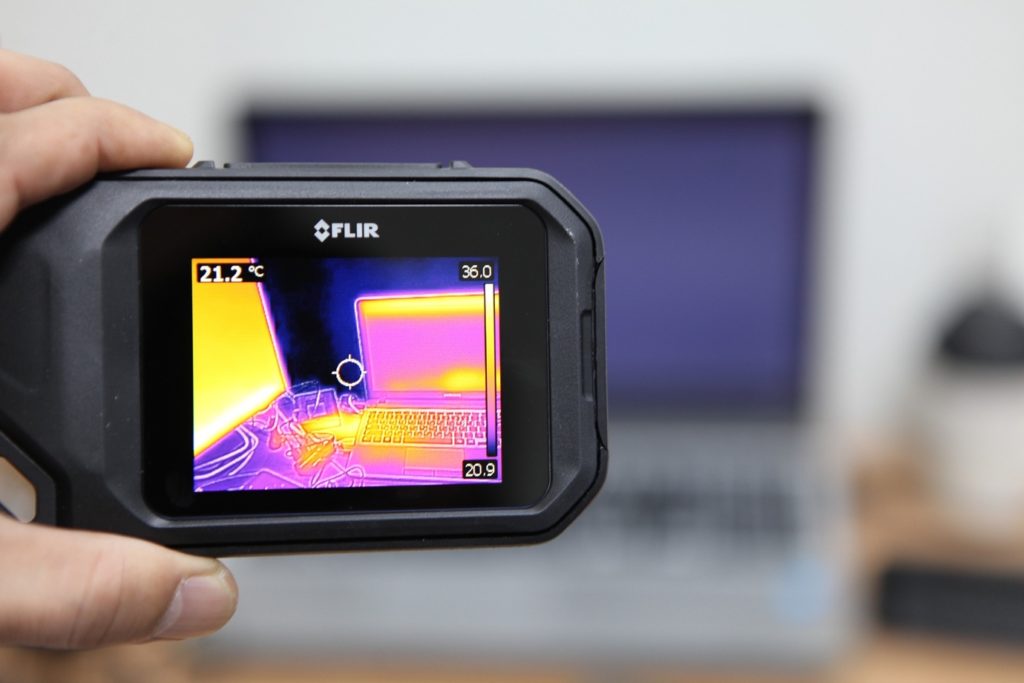There might be occasions when you are convinced that something is amiss with your home’s insulation but can’t quite tell what. Maybe the building feels cold and draughty when it shouldn’t, or your heating bills seem strangely high. How can you trace the source of the problem?
One potential solution is modern thermal imaging. In recent years, this technology has been sufficiently refined to enable you to quickly see where your home is leaking heat.
What is thermal imaging?
To a certain extent, the term “thermal imaging” is self-explanatory, as it refers to a technology that you can use to see your home’s thermal performance in pictorial form. As seen in a report by The Sun, areas where heat leaks most heavily appear in white on thermal images of home exteriors.
Where the images turn more orange, this indicates where less heat is being lost, while the areas where buildings are more effectively preserving heat are highlighted in dark blue.
Thermal images can be captured through the use of thermal imaging cameras – which could, in turn, be built into familiar mobile devices such as tablets. However, you might not necessarily have such a camera at close hand or, even if you do, know how to effectively use this piece of tech.
How can you start benefitting from thermal imaging?
Of course, you could take the DIY approach by simply cluing yourself up on where to buy a thermal imaging camera and how to use it to start assessing your home’s energy efficiency. Nonetheless, to hit the ground running, so to say, you could instead ask a roofing company to help out.
Findley Roofing & Building, based in North East England, is one example of a roofing firm offering thermal imaging as a dedicated service. Findley’s roofers from Washington, near Sunderland, can travel to any customer’s home in the North East region and capture useful thermal imagery.
Another advantage of handing this responsibility over to a professional roofer is that they could help you to read the results. Yes, the images might give you a rough idea of where your home is losing heat – but you might remain none the wiser as to exactly how it is. A roofer could enlighten you.
So, how exactly can properties lose heat?
In its report, The Sun notes how residential front doors can hugely drain energy – perhaps due to the traditional, but not optimally energy-efficient, material of wood being used for these doors. Homes with such doors could benefit from opting for a more modern material such as uPVC.
Older buildings, like thatched houses, can also lose significant amounts of heat at the gable ends. Nonetheless, don’t be too quick to assume that new-build homes are immune to such drainage. The Guardian recently found that the opposite can be true as a result of badly-installed dry lining.
The sooner you know how your residence is losing heat, the sooner you can effectively plug the gap to save money on your energy bills.







 We are all about travel and lifestyle over here at Pacific Voyagers. I’m Jen and this is my blog, although you will see a lot of posts written by my blogging dream team on topics like travel, life, beauty, home, budgeting and much more.
We are all about travel and lifestyle over here at Pacific Voyagers. I’m Jen and this is my blog, although you will see a lot of posts written by my blogging dream team on topics like travel, life, beauty, home, budgeting and much more.




